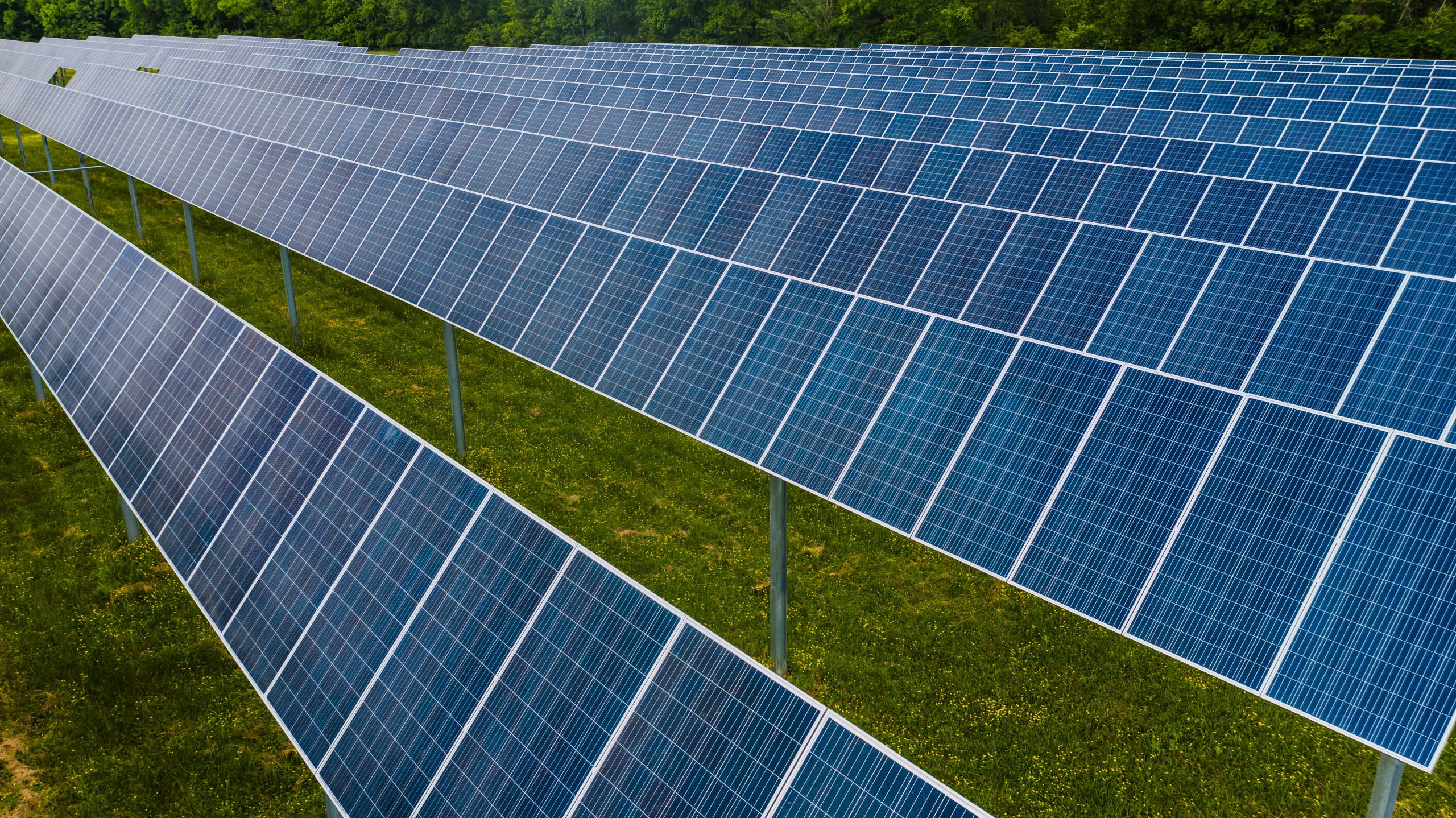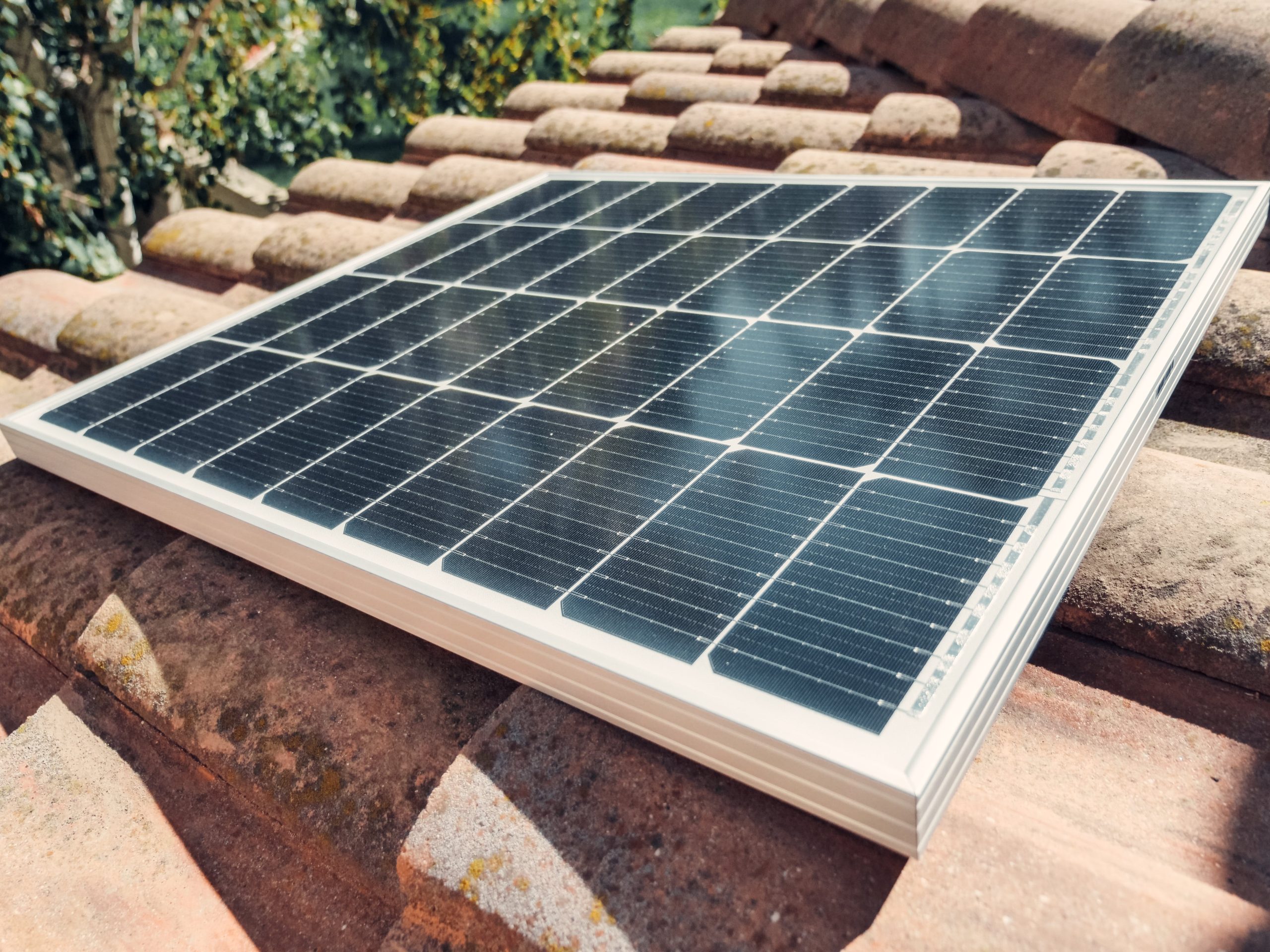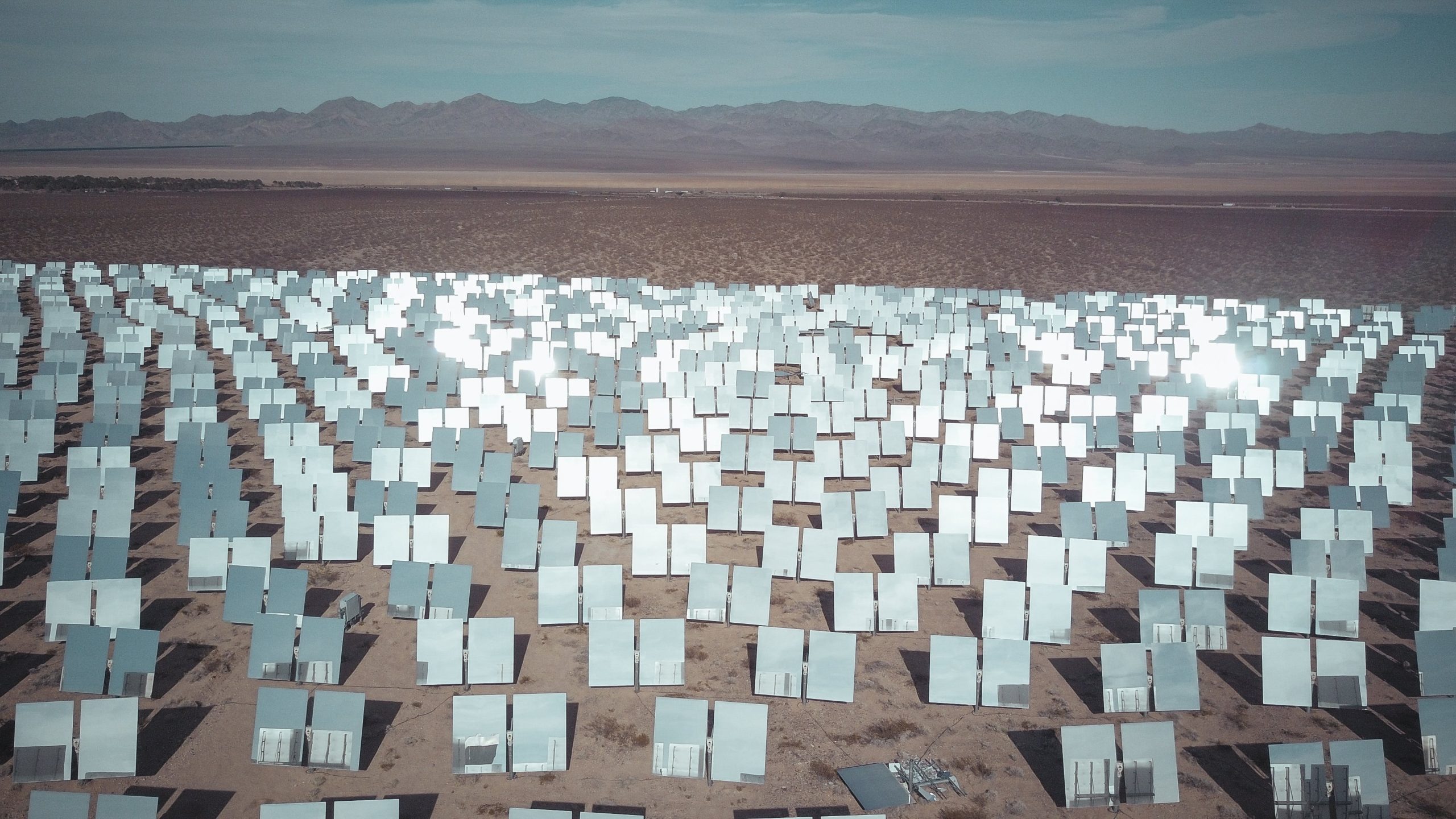Why are Solar Panels So Expensive?
Solar panels heralded as the vanguard of renewable energy have become a symbol of sustainability and ecoconscious living. As more individuals and businesses seek to harness the power of the sun a pertinent question arises: Why are solar panels so expensive? In this article we delve into the various factors that contribute to the cost of solar panels exploring the intricate web of economic technological and environmental considerations.
Introduction
Definition of Solar Panels
Before we unravel the complexities of solar panel pricing let establish what solar panels are. Solar panels also known as photovoltaic PV panels are devices that convert sunlight into electricity. They consist of interconnected solar cells typically made of silicon which generate direct current DC electricity when exposed to sunlight.
Importance of Renewable Energy
The increasing demand for renewable energy sources stems from a global commitment to combat climate change. Solar panels play a pivotal role in this shift towards sustainable energy offering a clean and inexhaustible power source. As the world pivots towards greener alternatives understanding the reasons behind the cost of solar panels becomes imperative.
Overview of the Question
“Why are solar panels so expensive?” is a multifaceted query that requires a nuanced examination of various elements. From the raw materials used in manufacturing to the impact of government policies and market dynamics the cost of solar panels is influenced by an array of interconnected factors.
Factors Contributing to Solar Panel Costs
Material Costs
One of the primary contributors to the cost of solar panels is the materials used in their production. Highquality silicon a crucial component in solar cells comes at a price. Additionally other materials such as metal frames glass and conductive materials contribute to the overall expense.
Manufacturing Expenses
The process of turning raw materials into functional solar panels involves advanced manufacturing techniques. Research and development costs specialized machinery and skilled labor all contribute to the manufacturing expenses directly influencing the final price tag of solar panels.
Technological Advancements
While technological progress is often associated with cost reduction the solar industry experiences a paradox. Advancements in solar technology such as increased efficiency and durability often come with a hefty research and implementation cost impacting the overall pricing of solar panels.
Research and Development
Continual innovation is a driving force in the solar industry. Research and development efforts aimed at improving efficiency durability and environmental sustainability contribute to the overall cost of solar panels. These costs though essential for progress are transferred to the end consumer.
Government Policies and Incentives
Impact of Subsidies
Government subsidies can significantly affect the cost of solar panels. Subsidies aimed at promoting renewable energy adoption can mitigate the financial burden on consumers making solar panels more accessible and affordable.
Tax Credits and Rebates
In many regions governments offer tax credits and rebates to individuals and businesses investing in solar energy. While these incentives encourage adoption the initial cost remains high and the impact on pricing varies based on geographical location and government policies.
Regulatory Factors Affecting Pricing
Stringent regulations and compliance requirements in the solar industry can contribute to higher costs. Meeting safety standards environmental regulations and quality certifications can necessitate additional expenses for manufacturers influencing the overall pricing structure.
Installation Expenses
Labor Costs
The installation of solar panels involves skilled labor adding a significant layer to the overall cost. From mounting panels on roofs to connecting them to electrical systems the installation process requires expertise contributing to the expenses borne by consumers.
Permitting and Inspection Fees
Navigating the bureaucratic landscape of permits and inspections is a necessary but often overlooked aspect of solar panel installation. Permitting fees and inspection costs further contribute to the total expenditure incurred by individuals or businesses investing in solar energy.
System Design and Engineering
Each solar panel system is unique requiring careful design and engineering to maximize efficiency. Customized system designs engineering solutions and the integration of solar panels with existing structures all contribute to the overall cost of installation.
Market Demand and Supply
Growing Popularity of Solar Energy
As the demand for solar energy grows so does the cost of solar panels. Increased popularity results in higher production volumes but it also poses challenges such as supply chain disruptions which can impact pricing.
Supply Chain Challenges
Solar panel manufacturing relies on a global supply chain. Disruptions in the supply of raw materials geopolitical tensions and transportation challenges can create fluctuations in the availability of solar panels influencing their costs.
Economic Factors Influencing Pricing
The overall economic climate including inflation currency exchange rates and global economic conditions can impact the cost of solar panels. Economic stability plays a role in determining the affordability of solar energy solutions.
Advancements in Solar Technology
Evolution of Solar Panel Efficiency
Continuous advancements in solar technology have led to more efficient solar panels. While increased efficiency is beneficial for consumers in the long run the initial costs of acquiring these advanced panels are often higher reflecting the investment in research and development.
Emerging Technologies in the Solar Industry
Beyond efficiency improvements emerging technologies such as solar paint and flexible solar panels are on the horizon. These innovations though promising for the future may initially contribute to higher costs as the technology matures and becomes commercially viable.
Environmental Considerations
Sustainable Manufacturing Practices
The push for environmentally friendly practices adds another layer to the cost of solar panels. Manufacturers investing in sustainable and ecofriendly production processes may incur higher expenses which are in turn reflected in the pricing of their products.
Recycling and Disposal Costs
Addressing the endoflife cycle of solar panels involves recycling and proper disposal. Establishing effective recycling programs and adhering to environmental regulations add costs to the overall life cycle of solar panels.
Global Market Trends
International Market Dynamics
The solar industry operates on a global scale and market dynamics vary across regions. Factors such as trade agreements tariffs and geopolitical events can influence the cost of solar panels in different parts of the world.
Impact of Geopolitical Factors on Prices
Geopolitical tensions and trade disputes can disrupt the supply chain and impact the cost of solar panels. Tariffs imposed on certain materials or finished products can lead to price fluctuations affecting consumers and industry players alike.
Future Outlook
Potential for Cost Reduction
Despite the current challenges there is optimism for the future. Continued technological advancements economies of scale and increased competition in the solar industry may contribute to a gradual reduction in the cost of solar panels.
Innovations on the Horizon
The future of solar panels holds exciting possibilities. Innovations such as transparent solar cells and advancements in energy storage may reshape the landscape potentially driving down costs and making solar energy even more accessible.
Final Word
In the question of why solar panels are expensive is rooted in a complex interplay of material costs manufacturing expenses government policies installation factors market dynamics technological advancements and environmental considerations. While the current costs may pose challenges the trajectory of the solar industry suggests a future where solar energy becomes more affordable and widespread.
FAQs
- Are there any government incentives to reduce the cost of solar panels?
Yes many governments offer subsidies tax credits and rebates to encourage the adoption of solar energy providing financial relief to consumers.
- How do advancements in solar technology impact the pricing of solar panels?
Technological advancements while improving efficiency often lead to higher initial costs due to research and development investments.
- What role do market demand and supply play in the cost of solar panels?
Growing popularity can increase demand but supply chain challenges and economic factors may influence pricing.
- How can individuals contribute to lowering the cost of solar panels?
Supporting sustainable practices advocating for favorable government policies and choosing energyefficient products can collectively contribute to cost reduction.
- What are the potential future innovations that could impact solar panel costs?
Innovations like transparent solar cells and energy storage advancements hold promise for driving down the costs of solar panels in the future.











